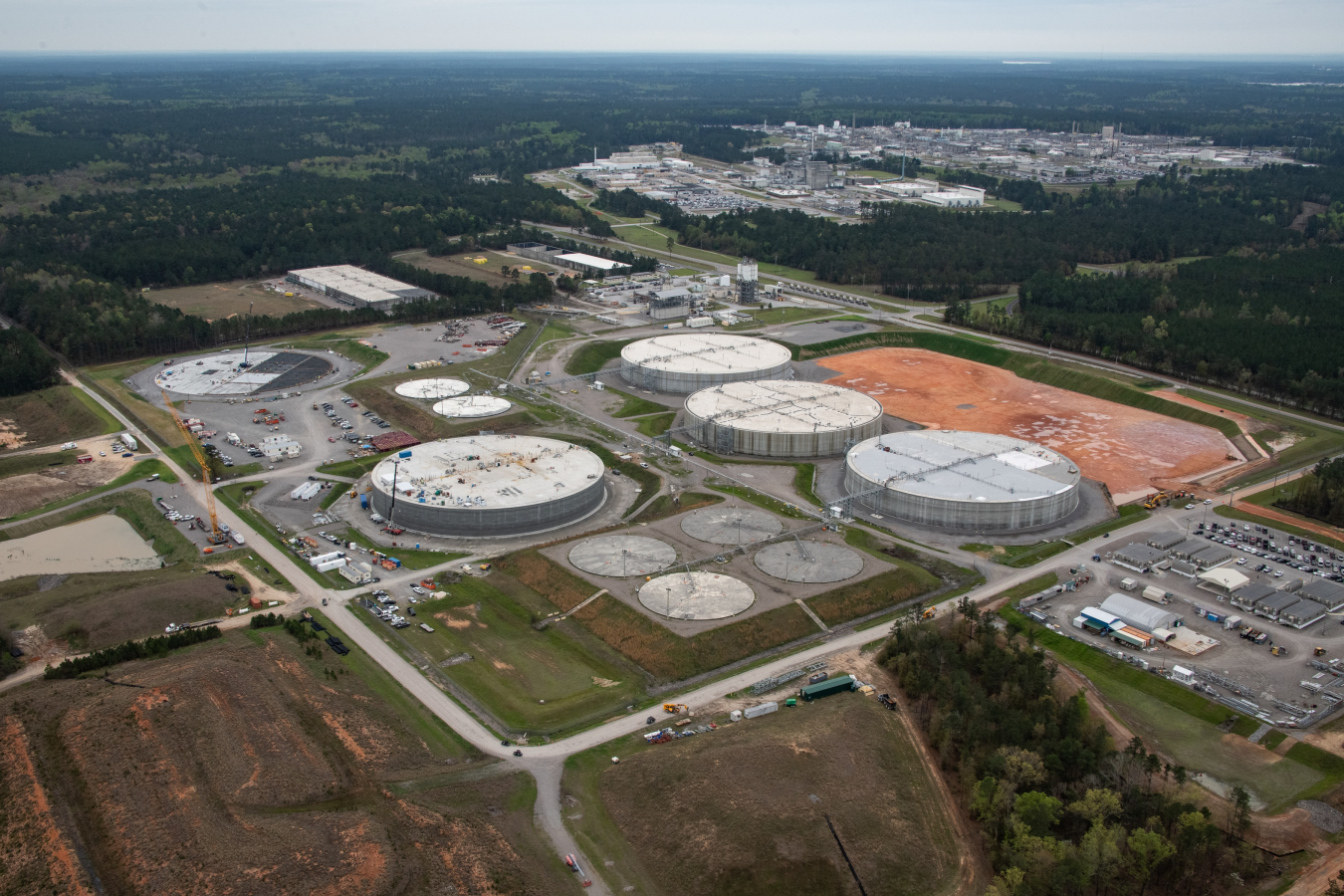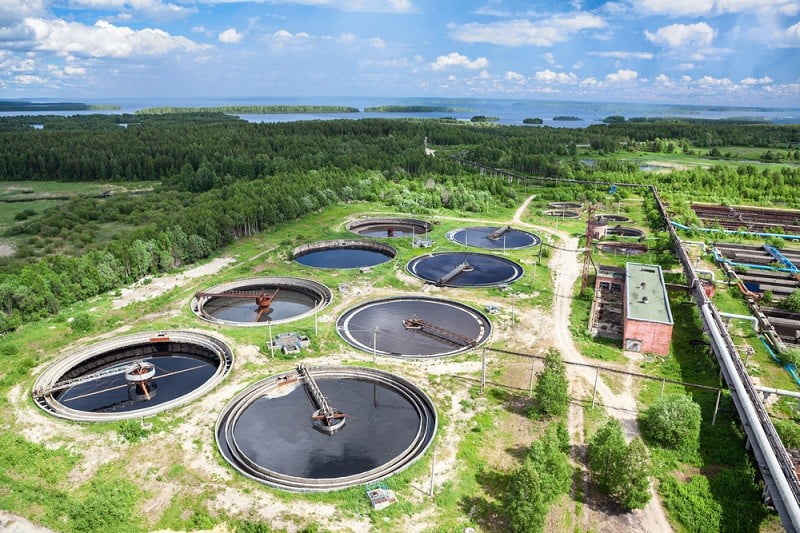Just How Liquid Garbage Disposal Works: A Comprehensive Summary of Methods and Technologies Used

Introduction of Fluid Waste Kind
The complexity of fluid waste kinds necessitates an extensive understanding of their characteristics and effects for disposal. Fluid waste can broadly be categorized into numerous kinds, including industrial, municipal, farming, and hazardous waste. Each classification displays distinct properties, needing particular management strategies to minimize ecological and health dangers.
Industrial liquid waste stems from making procedures and usually has a series of impurities, such as heavy metals, solvents, and natural compounds. Metropolitan liquid waste, primarily making up wastewater from households and business facilities, consists of raw material, nutrients, and microorganisms (industrial wastewater treatment). Agricultural fluid waste, including runoff from ranches, might contain fertilizers, chemicals, and pet waste, positioning risks to water top quality and communities
Hazardous fluid waste is defined by its toxicity, reactivity, or prospective to cause injury. This category includes materials like acids, bases, and specific chemicals that demand strict handling and disposal procedures. Comprehending these varied liquid waste kinds is crucial for creating effective disposal techniques and making certain compliance with environmental policies. Correct classification and characterization are essential for implementing appropriate therapy strategies and lessening the negative effect on public health and the atmosphere.
Physical Therapy Methods

Testing is the initial step, where bigger fragments and debris are gotten rid of from the fluid waste utilizing screens or grates. This process safeguards downstream tools from damages and makes certain smoother procedure. Following screening, sedimentation utilizes gravitational force to separate solids from fluids. In sedimentation tanks, larger particles resolve near the bottom, forming a sludge layer, while the made clear fluid can be further dealt with.
Filtration is one more vital method that includes passing the liquid via porous products, such as sand or membrane layers, to capture smaller bits. This action enhances the high quality of the fluid, making it suitable for subsequent treatment procedures.

Chemical Treatment Techniques
Chemical treatment strategies are necessary for effectively taking care of fluid waste, specifically in addressing liquified and colloidal pollutants that physical approaches might not sufficiently remove. These strategies use numerous chemical representatives to reduce the effects of, speed up, or change harmful compounds right into less hazardous forms.
One usual method is coagulation and flocculation, where chemicals such as alum or ferric chloride are contributed to promote next the gathering of suspended particles. This procedure boosts sedimentation, enabling easier elimination of the resulting sludge. Furthermore, oxidation processes, using agents like chlorine or ozone, are used to damage down complex natural compounds and virus, providing the waste more secure for discharge or additional therapy.
Neutralization is another crucial method, which adjusts the pH of acidic or alkaline waste streams to neutral degrees, stopping possible injury to downstream systems and the environment. Additionally, progressed oxidation processes (AOPs) use combinations of oxidants and ultraviolet light to weaken consistent contaminants, achieving a higher degree of treatment effectiveness.
Organic Treatment Processes
Biological treatment processes play an important role in the monitoring of fluid waste by utilizing bacteria to decay raw material and decrease pollutant degrees. These procedures can be extensively categorized right into aerobic and anaerobic treatments, each using certain microbial communities to achieve reliable waste deterioration.
Cardiovascular therapy involves making use of oxygen to facilitate the malfunction of natural products by microorganisms. This procedure is typically carried out in turned on sludge systems, where oygenation storage tanks provide a favorable environment for microbial growth, causing the oxidation of organic toxins. The resultant biomass can be divided from treated effluent via sedimentation.
On the other hand, anaerobic therapy happens in the absence of oxygen, depending on various germs to damage down raw material. This approach is specifically helpful for high-strength waste, as it creates biogas, a renewable resource source, while reducing sludge manufacturing. Technologies such as anaerobic digesters are frequently utilized in municipal and industrial applications.
Both anaerobic and cardiovascular biological treatments not just decrease the ecological effect of fluid waste but also promote resource dig this recuperation, making them important components of sustainable waste monitoring methods. Their efficiency, efficiency, and versatility support their extensive execution across different markets.
Emerging Technologies in Disposal
Ingenious methods to fluid garbage disposal are quickly advancing, driven by improvements in innovation and a raising focus on sustainability. Among these emerging technologies, membrane layer bioreactors (MBRs) have actually acquired grip for their capacity to integrate organic treatment with membrane filtration, resulting in top notch effluent that can be recycled in various applications. MBRs enable smaller impacts and much more efficient operations compared to conventional systems.
An additional appealing development is making use of anaerobic digestion combined with nutrient healing innovations, which not only treats liquid waste yet likewise generates biogas and recovers important nutrients like nitrogen and phosphorus. This double advantage enhances source performance and reduces explanation environmental impact.
In addition, advanced oxidation procedures (AOPs) are being adopted for the degradation of complicated organic contaminants. These techniques use powerful oxidants and stimulants to break down pollutants at the molecular level, using an extremely reliable option for challenging waste streams.
Additionally, the integration of expert system and artificial intelligence in waste management systems is maximizing functional performance and anticipating maintenance, resulting in lowered prices and boosted ecological compliance. These innovations mirror a significant change in the direction of even more lasting and reliable fluid garbage disposal practices.
Verdict
In conclusion, reliable liquid waste disposal demands an extensive understanding of various techniques and innovations. The combination of physical, chemical, and organic therapy approaches makes sure the effective monitoring of diverse waste types. Furthermore, the development of cutting-edge modern technologies enhances therapy effectiveness and promotes sustainability in waste administration methods. By continually advancing these approaches, it becomes feasible to resolve the expanding challenges associated with fluid waste, inevitably adding to environmental defense and resource healing.
Fluid waste disposal is an important aspect of environmental monitoring, calling for an extensive understanding of numerous methods and innovations tailored to different waste types. Liquid waste can broadly be categorized into numerous types, consisting of industrial, community, agricultural, and hazardous waste. Agricultural liquid waste, including drainage from ranches, may include fertilizers, pesticides, and animal waste, posing risks to water quality and communities.
Numerous physical therapy approaches play an essential role in taking care of liquid waste properly - industrial wastewater treatment.In conclusion, reliable liquid waste disposal requires a detailed understanding of numerous methods and innovations